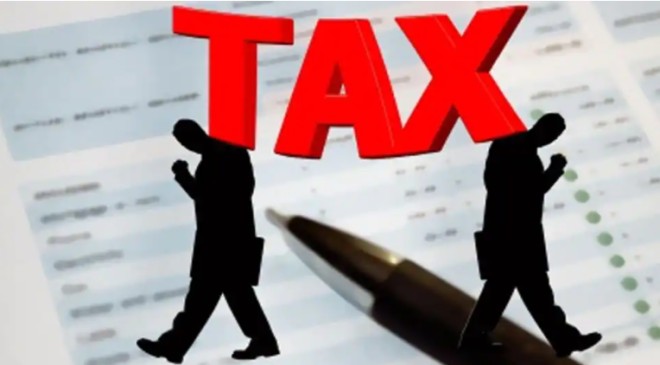As the financial year end is nearing, choosing the right tax-saving investments under section 80C of the Income Tax Act before the March 31 deadline, which is eligible for deduction under the old tax regime, may require careful consideration of various factors on the taxpayer’s part.
Read More: Income Tax Department Sets Rs 1 lakh Threshold Per Assessee for Withdrawal of Old Tax Demands
Analysing your financial goals: When you opt for any tax-saving investment instrument, you or any taxpayer should analyse and assess their financial goals, capital risk tolerance, and investment horizon. (For instance, taxpayers should determine whether they are investing for wealth creation, retirement planning, children’s education, or for the purpose of attaining other financial objectives.
Evaluating the different investment avenues: The taxpayers need to obtain an understanding of the different tax-saving investment options available u/s 80C, including Public Provident Fund (PPF), Equity Linked Savings Scheme (ELSS), National Savings Certificate (NSC), Tax-saving Fixed Deposits (FDs), Senior Citizen Saving Scheme (SCSS), Sukanya Samriddhi Yojana (SSY), and others. This is important as different instruments may carry different features such as lock-in period, maturity period, interest rates, etc. Taxpayers need to choose such an instrument that aligns with their financial goals.
Risk-return analysis: Taxpayers need to evaluate the risk and return profile of each investment option. “Equity-linked instruments like ELSS have the potential to offer higher returns over the long term but come with higher volatility. Debt instruments like PPF and tax-saving FDs provide stable returns but generally offer lower returns than equity investments,” said Dr Suresh Surana, Founder of RSM India.
Read More: Want To Save Money On Taxed Income? Check THESE 5 Tax-Saving Instrument
Liquidity constraints: Taxpayers need to understand the lock-in periods associated with each investment option. For instance, ELSS funds have a lock-in period of three years, while PPF has a maturity period of 15 years. Surana says, “Taxpayers must provide some liquidity for major financial events such as marriage, medical emergencies, etc. Thus, choosing such investments that align with one’s liquidity needs and investment horizon is required.”
Consider tax implications: Consider the tax implications associated with the investment choices. While contributions to most tax-saving instruments are eligible for deductions under Section 80C, the tax treatment of returns varies. For instance, interest earned on tax-saving FDs is taxable, whereas returns from PPF investments are tax-free.
Review past performance: Evaluate the past performance of the investment instruments such as mutual funds. “Taxpayers with comparatively low-risk appetites may opt for consistent performers with a track record of delivering above-average returns compared to their benchmark indices and peers,” said Surana.
Diversification of the portfolio: Diversifying the tax-saving portfolio across different asset classes enables managing the risk effectively. Experts say a well-diversified portfolio may include a mix of equity, debt, and other tax-saving instruments based on the investor’s risk tolerance and investment objectives.
Read More: ITR 2024: Last-minute income tax-related hacks for more money in hand
Based on the aforementioned factors, taxpayers can choose the right tax-saving investments tailored to their needs and, thus, optimise their tax-saving strategy while aligning with their financial goals and risk profile.





































